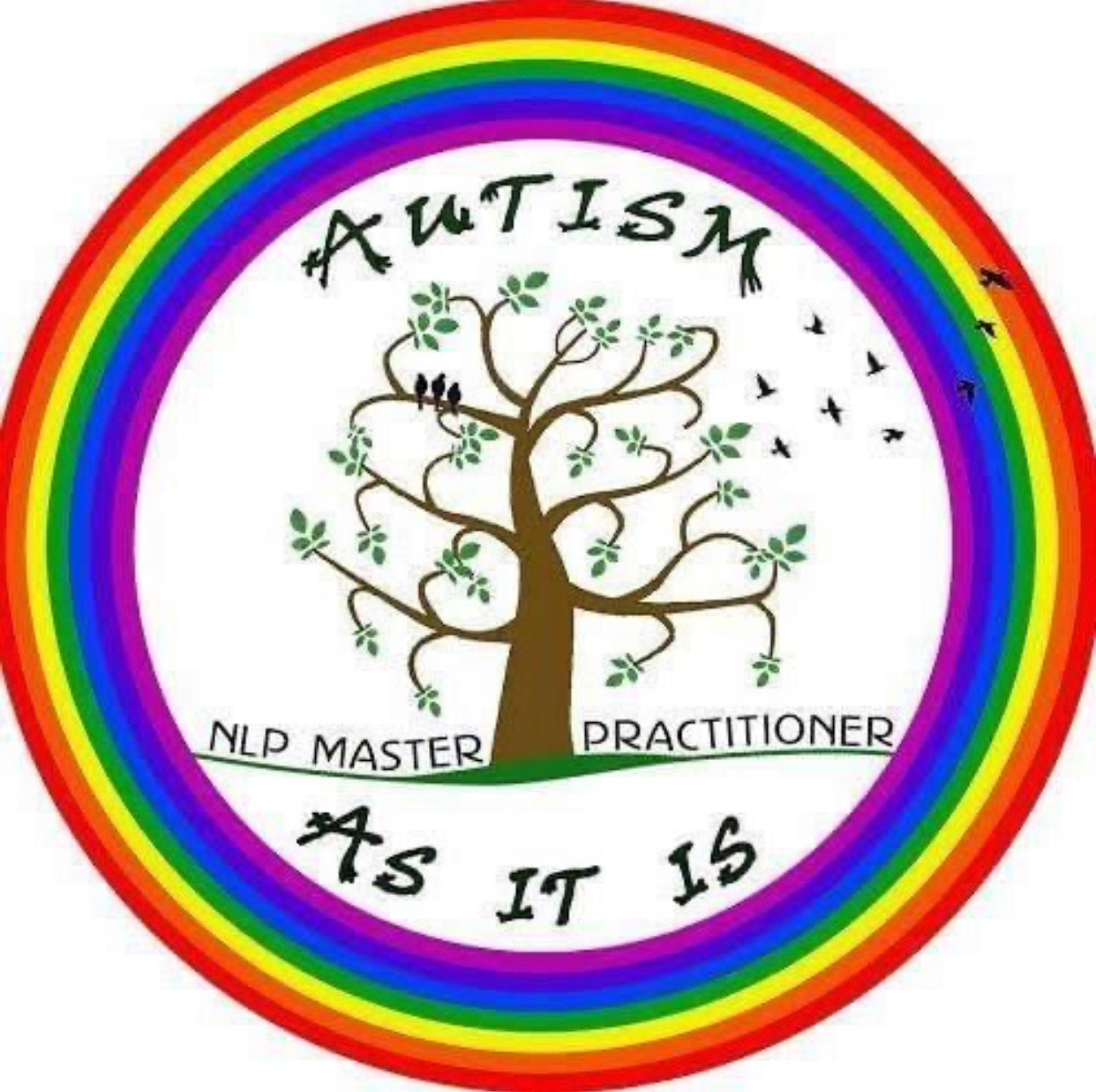Neuro-Linguistic Programming (NLP) is the study of how we experience the world through our thoughts, senses, and communication. It explores the connection between how we think (neurology), how we communicate (language), and how we behave (programming).
In the context of autism support, NLP is a powerful, person-centred, and holistic tool that helps us understand the unique inner world of an individual with autism—and empower them to connect with themselves and others in meaningful, self-driven ways.
What is NLP?
NLP stands for:
- Neuro – How our brain processes information from our senses (sight, sound, touch, taste, and smell).
- Linguistic – How language shapes and reflects our thoughts, beliefs, and behaviours.
- Programming – The mental “programs” or patterns we develop based on our experiences and how we can rewire these for more positive outcomes.
NLP is often described as:
- A model for understanding the structure of subjective experience
- A framework for modelling excellence
- A set of tools for emotional regulation, communication, learning, and personal transformation
Why NLP for Autism?
Children and adults with autism experience the world in highly individual ways. Their senses may be heightened or diminished, and they often communicate differently. NLP provides a flexible, respectful approach to understanding these experiences.
NLP helps us:
- Understand how someone with autism experiences their internal and external world
- Connect with them on their terms, using their unique sensory and communication patterns
- Support them to develop new strategies, confidence, and emotional resilience
Rather than imposing external methods, NLP invites the person to explore solutions from within.
The Science of Subjective Experience
NLP explores feedback from:
- The five senses (visual, auditory, kinaesthetic, olfactory, gustatory)
- The three neural centres: the head (thinking), the heart (emotion), and the gut (intuition)
- The body’s somatic (movement) system
- The “field mind”—our awareness of energy and atmosphere in social spaces
By exploring how individuals use these systems to interpret their world, NLP enables profound insights and practical change.
Applications of NLP in Autism Support
With NLP, individuals can learn to:
- Shift from anxiety to calm through self-regulation techniques
- Change unhelpful behaviours and build new, empowering ones
- Explore and replace limiting beliefs
- Prepare for new situations or transitions
- Build confidence and self-understanding
- Develop strategies to manage sensory overload
- Access calming states on demand (e.g. through anchors or visualisation)
These changes are not suggested to them—they are discovered by them, through coaching and supported exploration.
How NLP Supports the Whole Family
As a parent or carer, you can also benefit from NLP. Many families have found NLP helpful in transforming repeated frustrations into constructive conversations, reducing conflict, and building stronger emotional connections.
NLP can help you:
- Communicate more effectively with your child and others
- Understand your own emotional patterns and triggers
- Create a more peaceful home environment
- Model calm, confidence, and flexibility
NLP in Practice
I am a Master Practitioner of NLP, accredited by INLPTA.
I coach individuals and families to:
- Explore challenges from new perspectives
- Set well-formed outcomes and goals
- Identify the positive intent behind behaviours
- Discover unused internal resources
- Model excellence from others to support transformation in others
NLP is strengths-based and assumes that every behaviour has a positive intention for the person, even the difficult ones, using the resources they had at the time. It helps us find the intention and better ways to meet the same need.
Why Structure Matters
People with autism often thrive on structure. NLP offers structure through its models of excellence, patterns of change, and outcome-focused methods. These help:
- Break down complex tasks into manageable steps
- Build new habits and generalise skills across different settings
- Understand which behaviours work best in which environments
With NLP, we don’t aim to remove behaviours—we aim to understand them, reframe them, and use them constructively.
A Word on Hypnosis
NLP often includes gentle techniques inspired by Ericksonian Hypnosis. These can be used to support:
- Relaxation and sleep
- Positive self-belief
- Managing transitions or anxiety
In our family, we’ve used these regularly—with beautiful results. They’re especially helpful at bedtime or during emotionally challenging times.
The Origins of NLP
NLP was created in the 1970s by Richard Bandler and John Grinder. They studied and modelled the techniques of highly effective therapists, including:
- Virginia Satir (family therapy)
- Fritz Perls (Gestalt therapy)
- Milton Erickson (hypnotherapy)
They found that excellence could be broken down into teachable patterns. Since then, NLP has been used worldwide in education, therapy, coaching, personal development and corporate management.
Is There Research?
Yes. Peer-reviewed studies have found NLP to be:
“An efficient intervention, on par with other well-established psychotherapeutic techniques.”
(Stipancic et al., 2010)
“More holistic than SMART targets, taking greater account of identity, emotions, social connection, and mental rehearsal.”
(Day & Tosey, 2011)
NLP is…
- Person-centred: led by the individual’s needs, goals, and pace
- Empowering: builds on what is already working well
- Respectful: honours every person’s unique map of the world
- Transformational: supports real, lasting change from within
Whether you’re a parent, a person with autism, a sibling, or a professional, NLP can help you better understand yourself and others—and build a more connected, fulfilled life.
If you’re curious to explore NLP, I’d love to guide you through it. Together, we can unlock the possibilities already within you.
